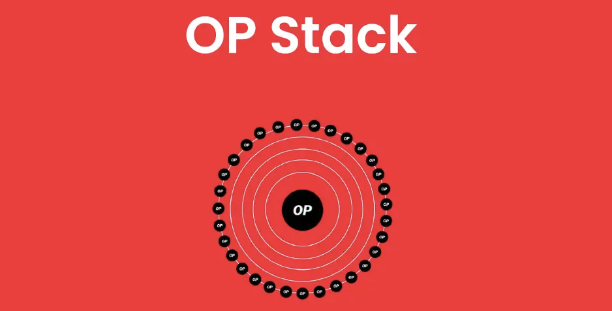
The upcoming Ethereum Cancun-Deneb upgrade has seen rapid development in various Layer 2 solutions. REI Network, as a new EVM-compatible public chain, has delved into the study of mainstream Layer 2 solutions, aiming to enhance its project’s quality through Layer 2 rollup.
What is the Cancun-Deneb?
The Cancun-Deneb upgrade involves the implementation of the EIP-4844 Proto-Danksharding proposal. It introduces a new data structure called Blob space, addressing limitations in the past that relied on calldata for data storage. Simultaneously, it enhances Ethereum’s mainnet data availability capabilities.

Compared to calldata’s full node storage structure, Blob is designed for temporary storage in some nodes. This significantly increases the data submission limit per Layer 2 to the mainnet, expanding its TPS. As Blob is only temporary storage, data storage efficiency improves, leading to a sharp decline in data storage costs. The transaction volume submitted by Layer 2 to the mainnet will substantially increase, resulting in a noticeable reduction in costs for individual users.
Current mainstream Layer 2 solutions — OP or ZK?
The predominant Layer 2 solution currently is Optimism, which is favored by multiple new Layer 2 public chains. It dominates the Layer 2 race, but controversies arise due to the centralization of Optimism’s Sequencer. Recently, Metis, a provider of decentralized Sequencer solutions for Layer 2, gained significant attention in the market.
The decentralization of Sequencers is crucial for the credibility of Layer 2 transaction submissions and the security of Layer 2 interactions with the mainnet. Metis proposes a Proof of Stake (POS) mechanism, running multiple Sequencer backup nodes. These nodes compete for block rewards through an election mechanism, and malicious behavior is penalized through slashing. This POS consensus binds each Sequencer as a stakeholder, forming a shared interest community.

Evolution of Layer 2 towards modular chains
An evident trend in the development of Layer 2 is its evolution towards modularity, becoming a broader concept known as Layer N. In contrast to traditional Layer 2 relying on Ethereum’s DA layer, Layer N breaks the boundaries of Ethereum’s Layer 2. Currently, modular public chains like Celestia and SEI offer shared Sequencer solutions, though they are not yet in the mainstream spotlight. Third-party DA solutions, including Celestia’s and EspressoSys’s shared Sequencer solutions, are expected to invade Layer 2 post-Cancun-Deneb upgrade.
How will REI Network integrate with Layer 2 after the Cancun-Deneb upgrade?
Currently, the strategic alliance with a focus on achieving a shared Sequencer, particularly OP-Stack, seems to be the most prominent. By leveraging OP Sequencer, more significant benefits can be obtained, aligning with a broader ecosystem’s traffic and capital to achieve the “diversification” prosperity of Layer 2. This is a key direction explored by the REI Network research team.
In the later stages of network development, facing the upcoming Cancun-Deneb upgrade, the transition to Layer 2 is considered. This involves adopting zk Fraud Proof technology and Parallel EVM to enhance the speed and efficiency of the Layer 2 network, reducing transaction congestion and costs.
REI Network, being Ethereum-compatible, can accelerate transaction throughput and alleviate network congestion by combining with OP Sequencer. This not only ensures fast transaction verification and completion to enhance user experience but also reduces waiting times and improves network security. Combining with Ethereum’s significant market share can attract more future users. The REI Network team has conducted extensive technical research and provided professional knowledge support for Layer 2 solutions. In the future, they plan to utilize the profound understanding of the potential of parallel EVM to improve the network’s performance, including better scalability, more efficient data storage and accessibility, lower transaction costs, and an increased platform audience, promoting ecosystem progress.